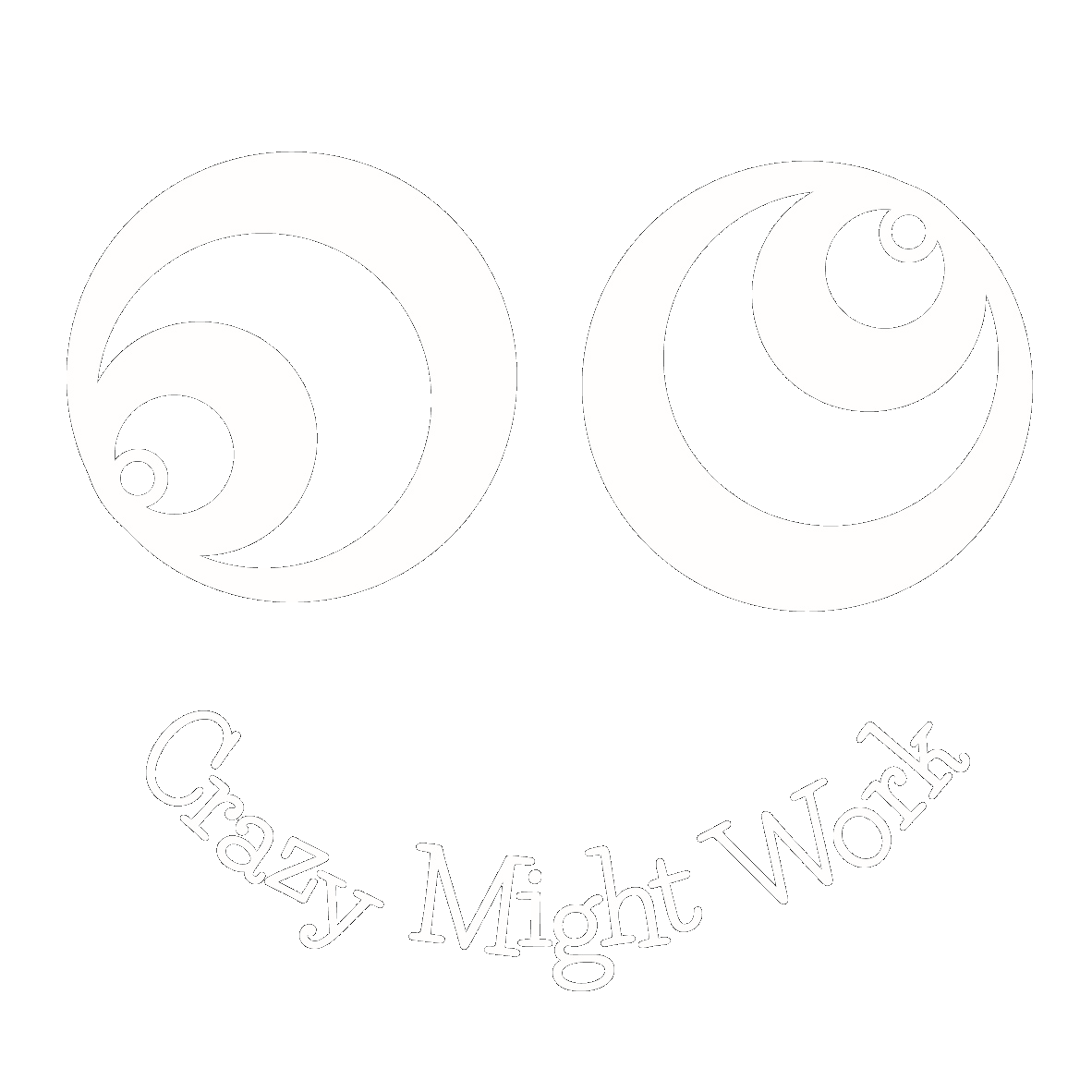10 Best Leadership Capability Frameworks and What You Need to Know About Them
by Melanie Farmer and Paul Hawkins, Crazy Might Work

In theory, investing in leadership capability should create a culture that no one wants to leave. To test this assumption, we asked successful HR Executives how they develop leadership capability, which (if any) frameworks they use, and when to use them. Our interviewees told us that many frameworks are out-dated or disconnected from organisational reality. They shared which are most useful, and what to watch out for with each. Their hard-earned lessons learned are summarised in the accompanying table, but here are the over-arching take-aways:
Character
Frameworks can be robotic, dehumanising and miss crucial personal characteristics. They can also focus too sharply on short-term transactional metrics like profit or revenue growth, whilst neglecting measures like leadership growth, employee engagement, wellbeing and retention. And neglect critical character and interpersonal traits like care factor, courage, self-awareness and trustworthiness. In short, your narcissistic psychopath will still be a narcissistic psychopath – that’s a leader selection problem, not a developmental one.
Context
No framework can be all things to all people, nor will it be contextually relevant off the shelf. You should expect to modify it (or build your own) to align with your culture and strategic capability needs. A good partner, or framework provider, can work with you to tailor for your context, using methods like human-centred design or appreciative inquiry. You, or they, will also need to layer it into your other leadership development efforts in an organisationally relevant way.
Currency
Passage of time has dated some frameworks to the point that they no longer reflect current research in relevant disciplines, like social neuroscience. If you choose one of the older frameworks (especially anything that was developed pre-2015) you may need to work with a partner that can connect the dots (or update it yourself).
Complexity
Behavioural change takes time, so perfecting leadership in your organisation overnight is not realistic. Viewed through the lens of behavioural science, it takes about 66 days to embed even a relatively simple habit, so leadership behaviours should be expected to take a little longer. You will probably need to combine your content with coaching for these capabilities to really land and manage expectations with staged metrics.
In Summary
No leadership capability framework is perfect, but some are neuro-scientifically validated and customisable. Our summary puts a spotlight on ten frameworks and their relative strengths and limitations.
What do you think?
Get the full report here
Would you like to attend a monthly peer-group catch up for innovators in HR/L&D?
Let us know at [email protected]
10 BEST LEADERSHIP FRAMEWORKS AND WHAT YOU NEED TO KNOW ABOUT THEM |
|||
| Framework | What it is | Best Fit | You Need to Know |
| AbilityMap (Kevin Chandler, 2020) |
A criterion-reference strategy that substitutes traditional factorial analysis for the creation of custom capabilities for each and every role. | You want to identify what high performance looks like in each of your organisation’s leadership roles and build capabilities based on those attributes. | If you have many roles where there are no high performers e.g. because they are newly-created, this approach may require more collaborative thinking. |
| Adaptive Leadership (Heifetz, 2009) |
Anticipation of future, articulation of support for that future, followed by adaptation and accountability. | You are leading in a rapidly changing environment where alternative styles might be advantageous. | Adaptation is uncertainty in action and so that tension will need to be actively managed. |
| Blue Ocean Leadership Framework (Chan & Mauborgne, 2017) |
A 4-step process for co-creating and implementing your own leadership canvas. | You want a customised framework that connects current reality to the developmental plan. | Capabilities are not based on any scientifically validated attributes and may not be easily testable. |
| Disney’s Leadership Excellence (Disney, 2000) |
A ‘leading with values’ program inspired by Disney. | You want to build loyalty by focussing on long-term legacy. | Ditto the above and add transferability (if you are not Disney). |
| Head & Heart (Ferguson, 2023) | Balancing head (cognitive) and heart (emotional) drivers and objectives as a leader. | You want to strengthen authenticity and moment by moment awareness of impact. | You will need to supplement this idea to address leadership capability more broadly. |
| Korn Ferry Leadership Architect (Lominger by acquisition 2006) |
Next generation Lominger Framework. Measures 38 behaviour-based leadership competencies. | You have the time, inclination and resources to measure and evaluate leaders at scale. | You will need to work extensively with your provider or leadership architect to customise for relevance. |
| Leadership Pipeline (Charan et al., 1970/2010) |
Setting context and capabilities for six different levels, or passages, of leadership, regardless of job titles. | You want a well-differentiated, multi-level model of leadership that is based on career experience. | Difficult to slot new employees into the appropriate level based on translation of prior experience. |
| NASA 4-Dimensional Leadership (Pellerin, 2009/2023) |
A strengths-based, neuro-scientifically grounded approach that rewrites the unwritten rules, creating a collective social contract as a basis for high performance. | You back a behavioural approach to leadership, with the ability to adapt 8 neuro-genetically universal behaviours to any organisational context with immediate effect. | Behaviour change requires contextualisation and coaching, so choose a provider to translate these behaviours into your culture and accredit coaches in-house.[6] |
| The 5 Practices of Exemplary Leadership (Posner & Kouzes, 1987/2012) | Introducing tested ‘best practices’ through worked examples. | You want something practical that delivers strongly on self-awareness. | A little presumptive that ‘one size fits all’ when it comes to the five practices. |
| Vertical Development Framework (Kegan, 1994) |
Develops leaders by embracing lifelong learning by trying new ways of thinking. | You want to cultivate a growth mindset in individual leaders. | Develops individual leaders rather than ‘leadership’ across the organisation. |
Acknowledgments:
We wish to thank our interviewees: Charlie Pellerin, Grant Schmidt, Josephine Simeone, Kay Hempsall, Kevin Chandler, Lana Ledgerwood, Netta Efron, Pip Henry-Moore, and Rebecca Rundle for their fresh and candid perspectives.
References:
[1] Asbari, M. et al. (2020), Elitical And Antidemocratic Transformational Leadership Critics: Is It Still Relevant? (A Literature Study). IJOSPL, Vol.1,Issue.1,pp.11-16.
[2] Australian Bureau of Statistics, (2023) Job Mobility. Accessed 1 August 2023; https://www.abs.gov.au/statistics/labour/jobs/job-mobility/latest-release.
[3] HR analytics: How role clarity impacts performance (2019) Effectory.
[4] Kegan, R., et al. (2014) The Deliberately Developmental Organization, Way to Grow Inc. LLC, March 2014, pp. 1 -15
[5] Kouzes, James M., et al. (2015) Extraordinary Leadership in Australia and New Zealand : the Five Practices That Create Great Workplaces. 1st edition, John Wiley & Sons Australia, Ltd.
[6] NASA’s 4-D – training for high-performing teams
[7] Rosenzweig, P. (2007) Misunderstanding the Nature of Company Performance: The Halo Effect and Other Delusions. California Management Review. VOL. 49, NO. 4,pp.6-20. University of California, Berkeley, CA
[8] Shukla, V., et al. (2022) The Great Resignation: An Empirical Study on Employee Mass Resignation and its Associated Factors.
[9] Snowden, D., & Stanbridge, P. (2004) The landscape of management: Creating the context for understanding social complexity, E:CO Special Double Issue Vol. 6 Nos. 1-2 2004 pp. 140-148
[10] Tessema, M. T., et al. (2022) The “great resignation”: Causes, consequences, and creative HR management strategies. Journal of Human Resource and Sustainability Studies, 10(1), 161-178.
Want original articles like this on a monthly basis? Subscribe and share below!


